Talk about a proud mom.
Ask a question about her daughters, and Mallory Hersman bubbles over with enthusiasm.
“Alsae and Renner are both rock stars,” she says. “I couldn’t have asked for better kids. I really feel like the luckiest mom in the world.”
She wishes only that she had known what awesomeness lay in store during her pregnancies, when she first learned each girl had a rare genetic condition.
In hopes of helping other parents, Hersman recently shared her story at a Rare Disease Day event at Spectrum Health Helen DeVos Children’s Hospital. She was one of four parents who discussed the emotions, challenges and joys they experience as they nurture and advocate for their children.
A rare disease is considered one that affects fewer than 200,000 Americans. But in many cases, a child may be just the fifth, 10th or 20th person ever identified with a condition, said Caleb Bupp, MD, the Spectrum Health geneticist who organized the event.
For parents, hearing a doctor say “I’ve never seen this before” can feel lonely and isolating, he said. But he has seen how families often find encouragement and support when they connect with families with similar experiences, even if the diagnosis is different. Many connect through Facebook.
The Rare Disease Day event gave families a chance to meet other parents in person.
“It is my hope that people will leave having heard something that rings true to them,” he said prior to the event.
‘Beautifully different’
Hersman and her husband, Jeremy, experienced different journeys with each of their daughters―4-year-old Alsae and 1-year-old Renner.
When Hersman was pregnant with Alsae, an ultrasound showed her arms were shorter than usual and her fingers appeared different. A prenatal blood test did not turn up any known chromosomal disorders. But further tests raised more concerns and questions.
In those months leading up to Alsae’s birth, Hersman said she grieved for the baby she thought she would have. But she also realized nothing would change her love for her child.
“I was thinking, OK, my kid’s going to have beautifully different hands and arms. She is going to show the world amazing things,” she said. “If this is the special baby God has blessed me with, I am going to fully embrace it.”
After Alsae was born, her parents learned she has a rare condition called microgastria-limb reduction syndrome, which affects her spine, stomach, lungs, heart, spleen and kidneys, as well as her arms and hands.
It has meant a half-dozen surgeries and many procedures in her first years of life, as well as countless visits with pediatric specialists.
But the Hersmans face each challenge with an appreciation for Alsae’s lively personality. When she had to wear a halo traction for four months as a 1 year-old, they called the device a crown and decorated it with gems. They marveled at the way Alsae spun and laughed even while in traction.
She wears a brace because of her progressive infantile scoliosis. Her parents chose a removable brace.
“We can take it off for an hour to let her swim,” Hersman said.
In general, they encourage Alsae to do as much as she can on her own, providing support where needed.
Both of Alsae’s arms are shorter than average and she has three fingers on one hand and two on the other. She draws and writes. She is learning to dress herself.
“We don’t use the word ‘can’t’ here,” Hersman said. “We try to encourage her as much as we can.”
They also have discovered Alsae’s considerable gifts. She is a happy, easygoing girl with a big smile.
“She is incredibly smart. She is starting to read small words,” her mother said. “She has a heart of gold. She is always concerned about Renner and what Renner might need.”
Because a gene has not been identified for Alsae’s condition, the Hersmans have not done genetic testing for it.
But when Hersman was expecting Alsae’s little sister, Renner, she did a non-invasive genetic test that uses a sample of the mother’s blood to screen for chromosomal abnormalities.
The test showed Renner had triple X syndrome, which involves three X chromosomes in each cell. The condition occurs in about 1 in 1,000 newborn girls.
The condition involves a lot of unknowns. It is associated with an increased risk of learning disabilities or developmental delays. Girls who have it may be taller than average.
But some children may show little or no signs of the condition, said Dr. Bupp. Doctors believe many people with triple X syndrome never realize they have it.
The Hersmans have not seen any concerns with 1-year-old Renner. She is a busy toddler, walking and starting to talk. She loves peek-a-boo, dancing and playing with the TV remote—and she adores her big sister.
Although she researched the condition after her daughter’s diagnosis, Hersman said she has mentally tucked that information away into a back corner of her mind. Instead of worrying about the future, she focuses on the joys that both Renner and Alsae bring.
“I want people to not look at our story and feel sorry for us or feel sorry for my child,” she said. “I want them to look and say, ‘They are so blessed. Their kids are amazing.’”
Raising children always involves unknowns—any child can face unique challenges and bring unexpected blessings, even when there is not a diagnosis.
“We all have some type of difference, whether it’s on the outside or inside, or even both,” she said. “The main thing I want to do is show families how awesome these kids are.”

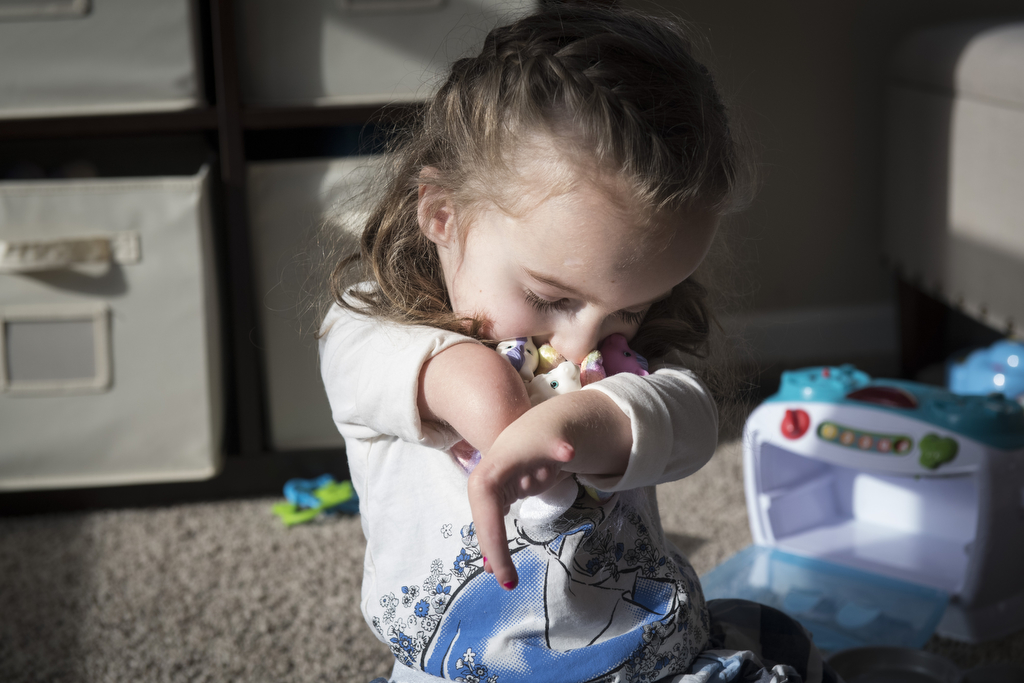


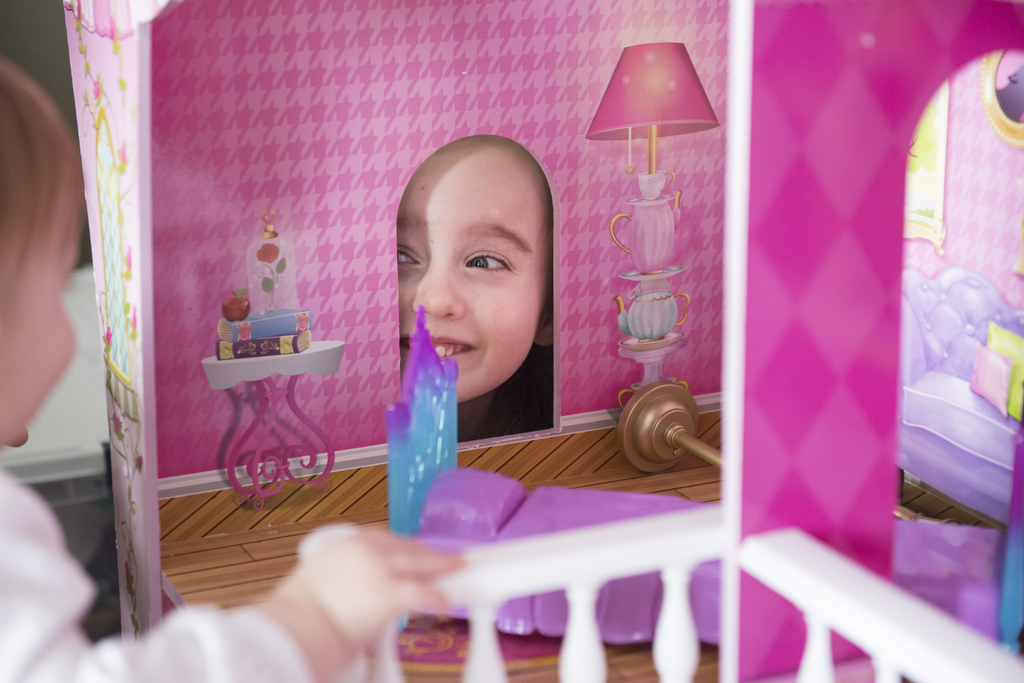


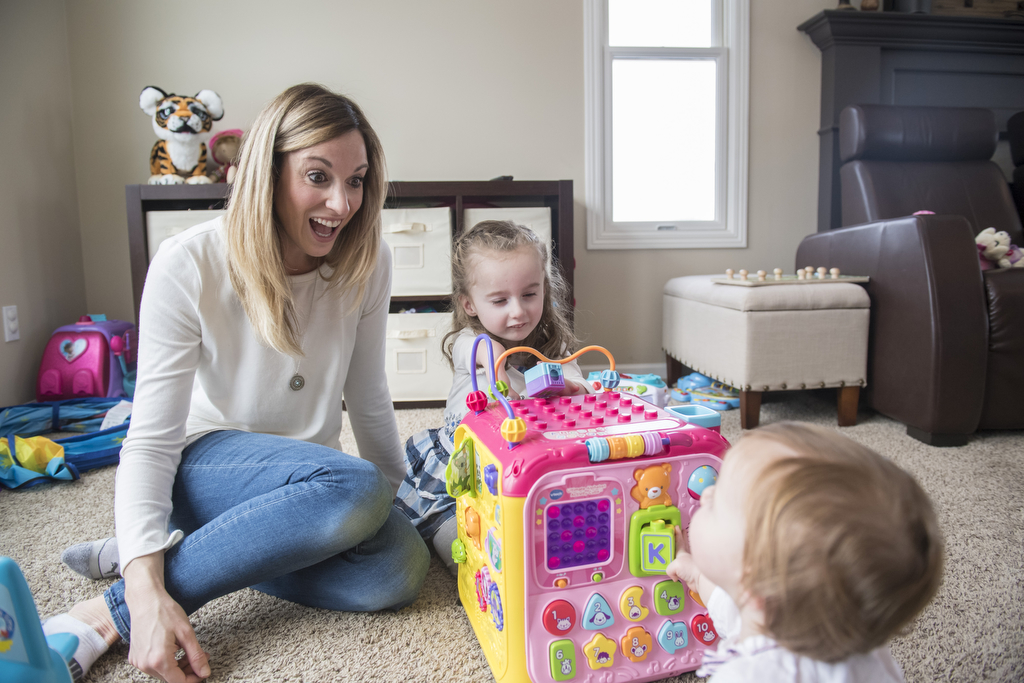
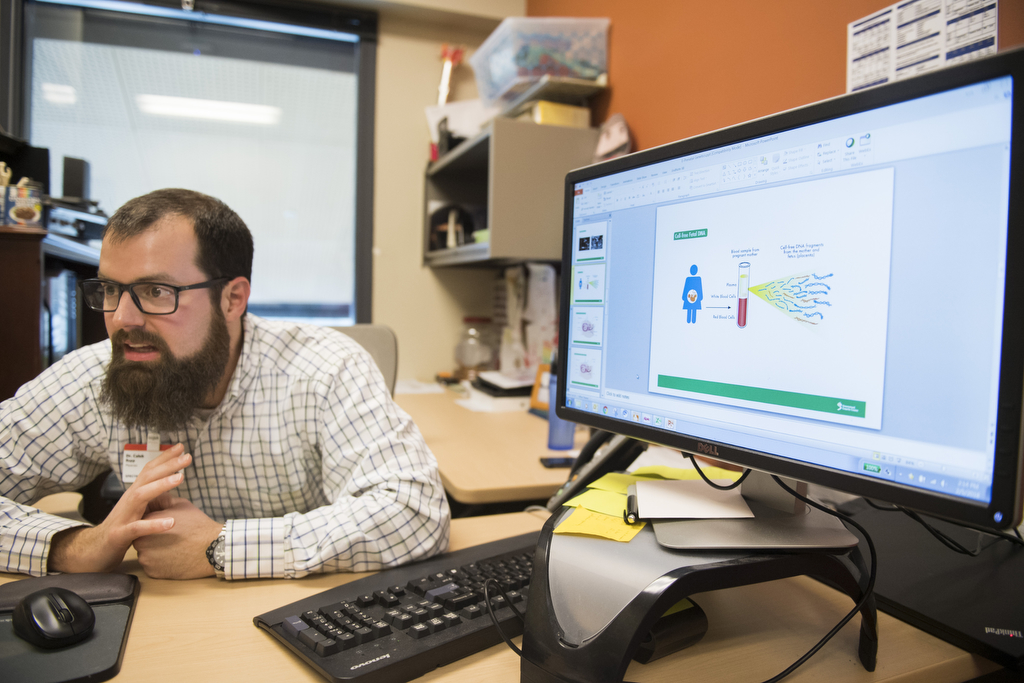
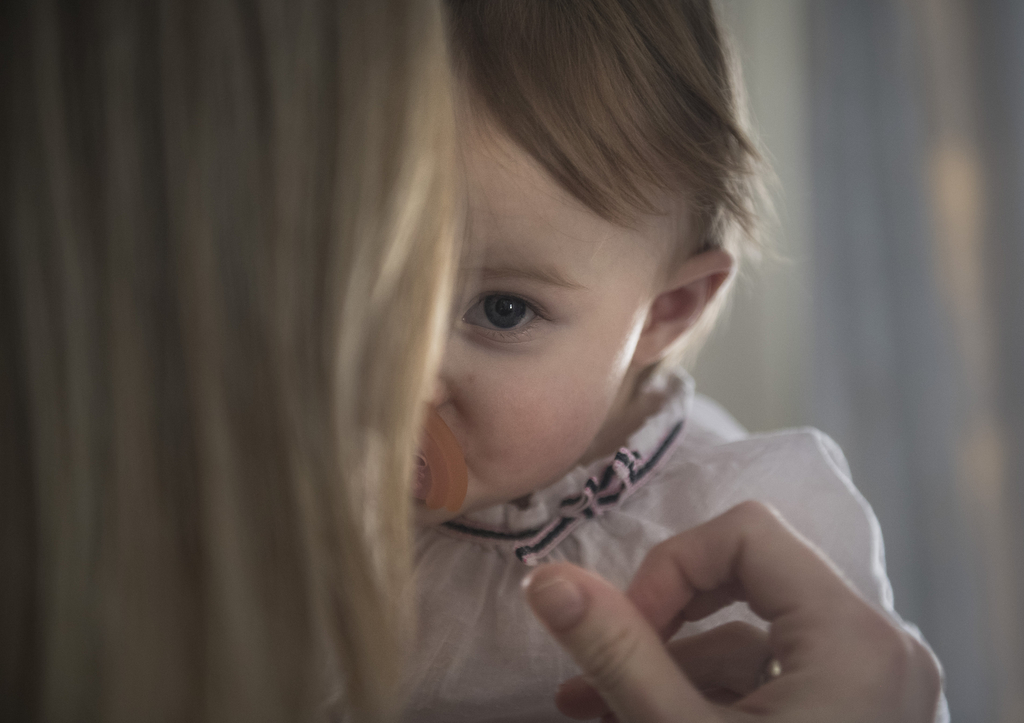
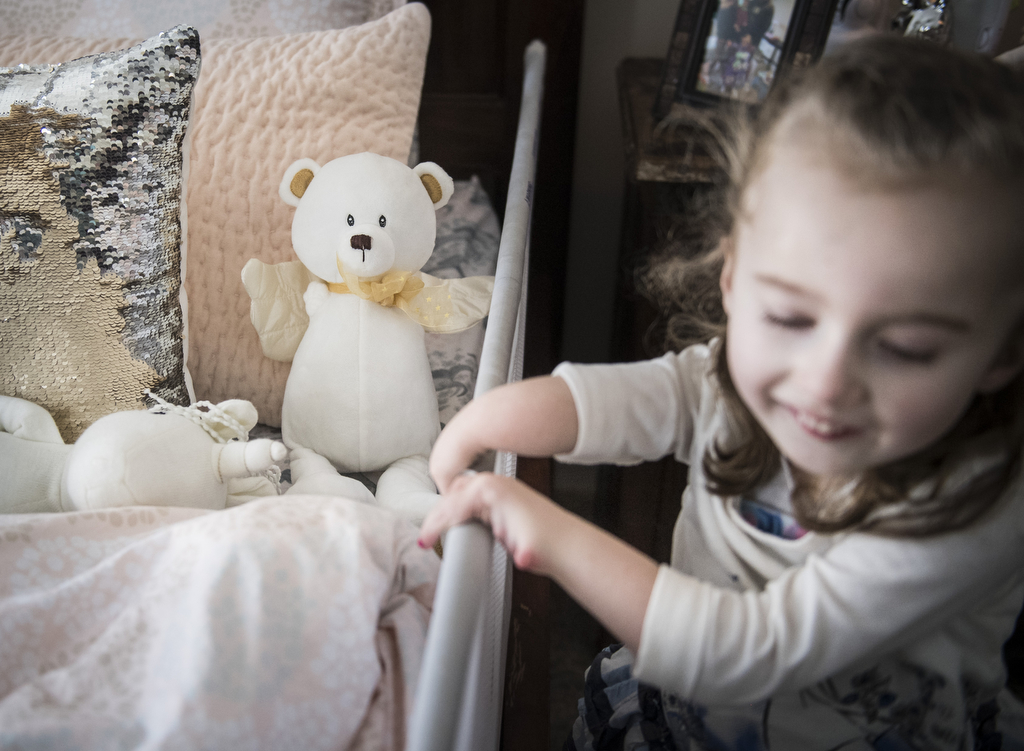
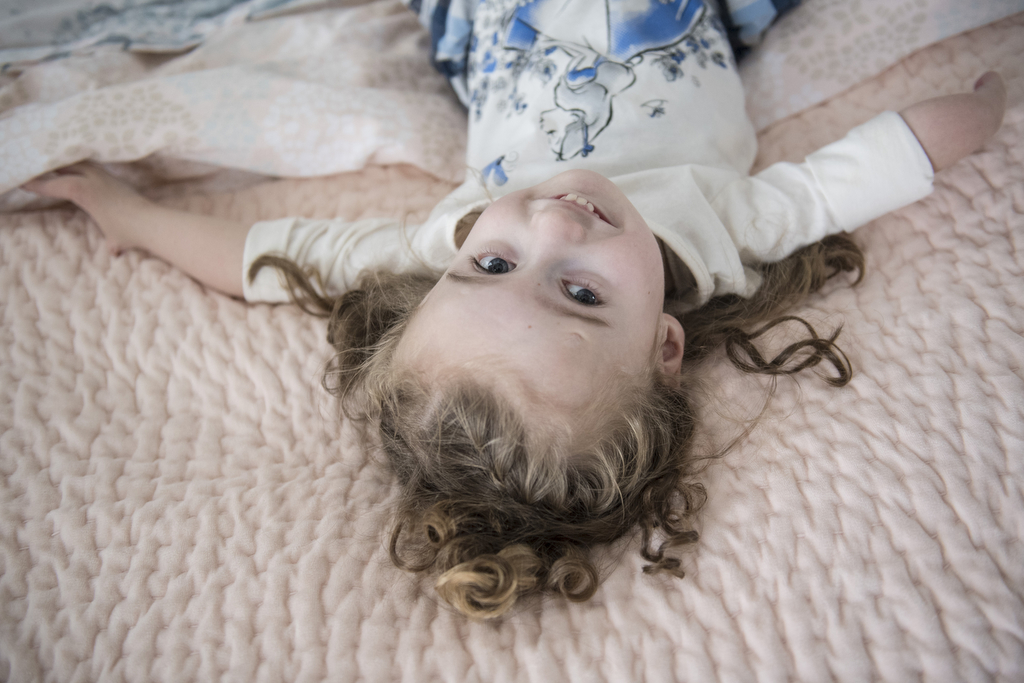
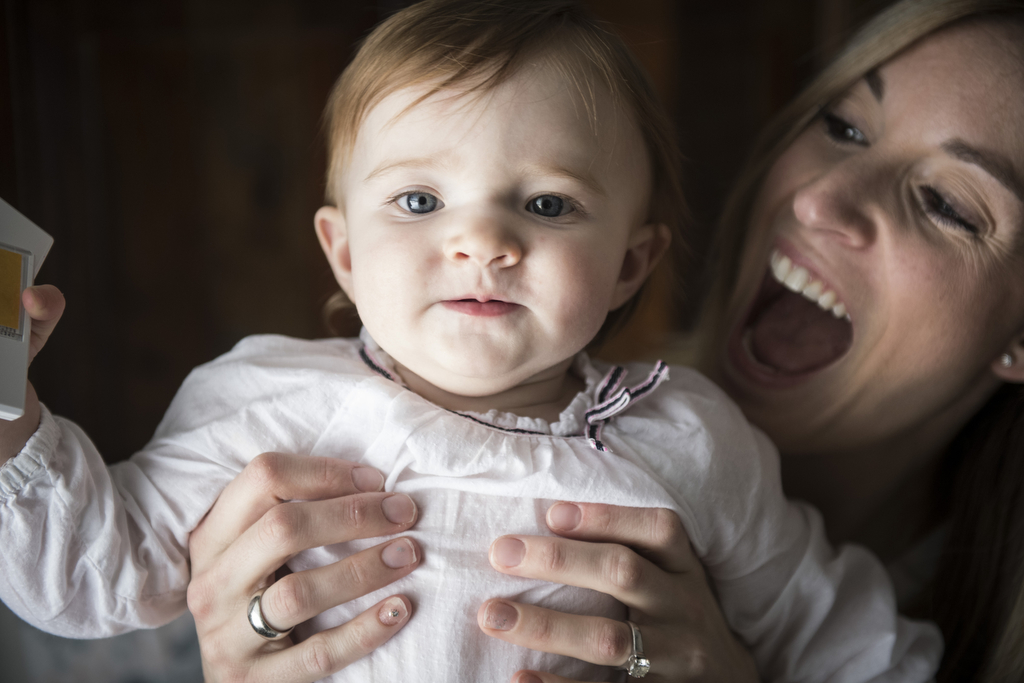

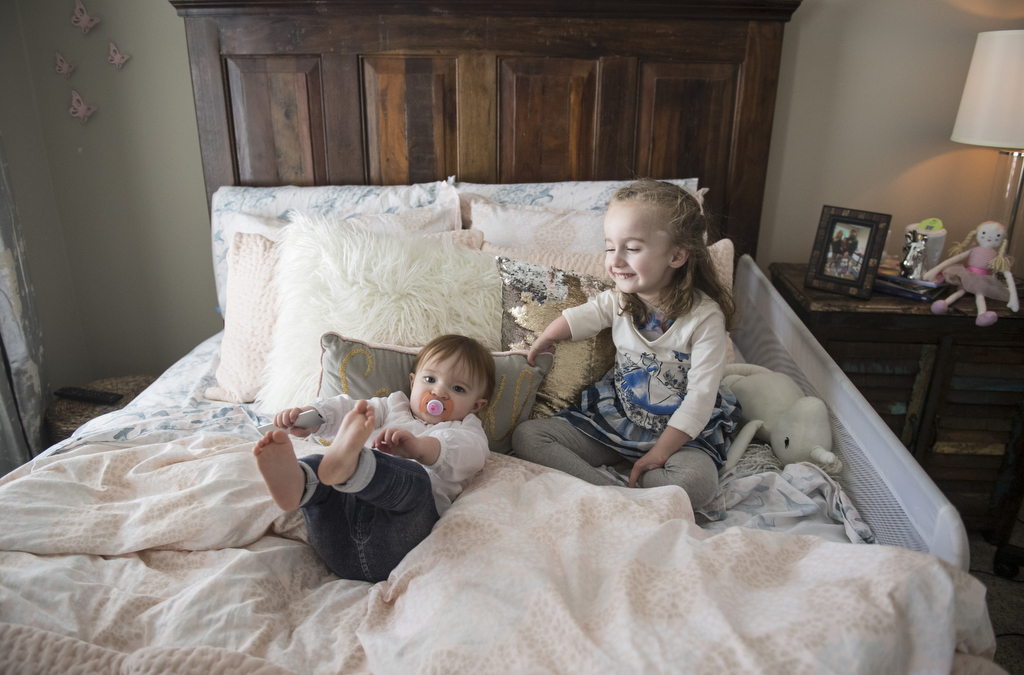
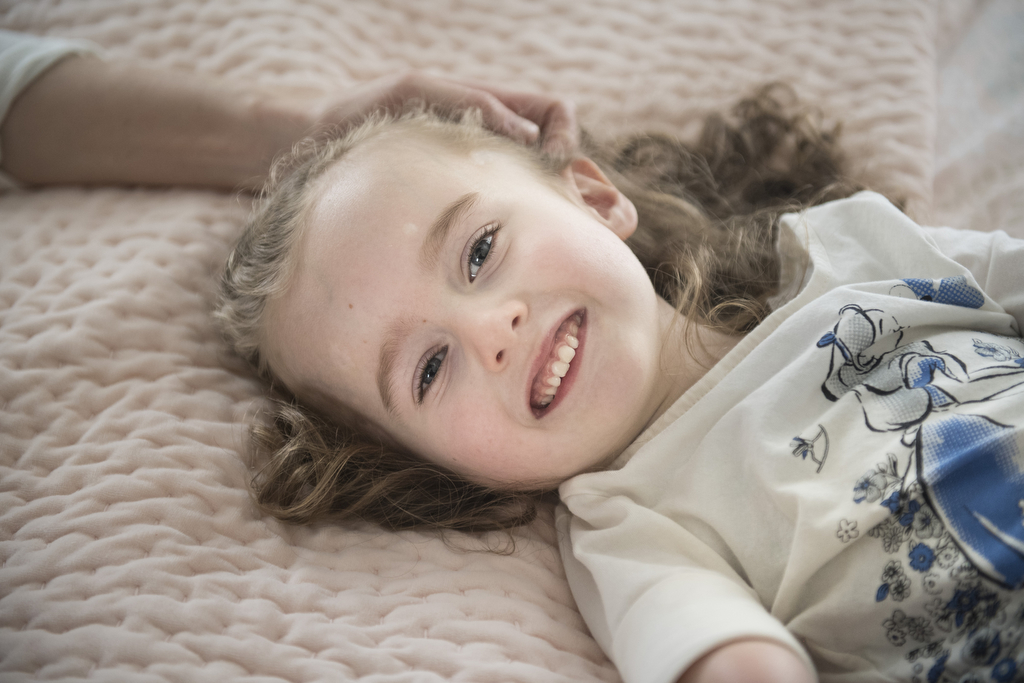





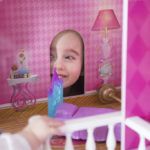

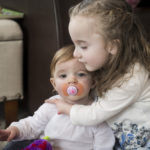











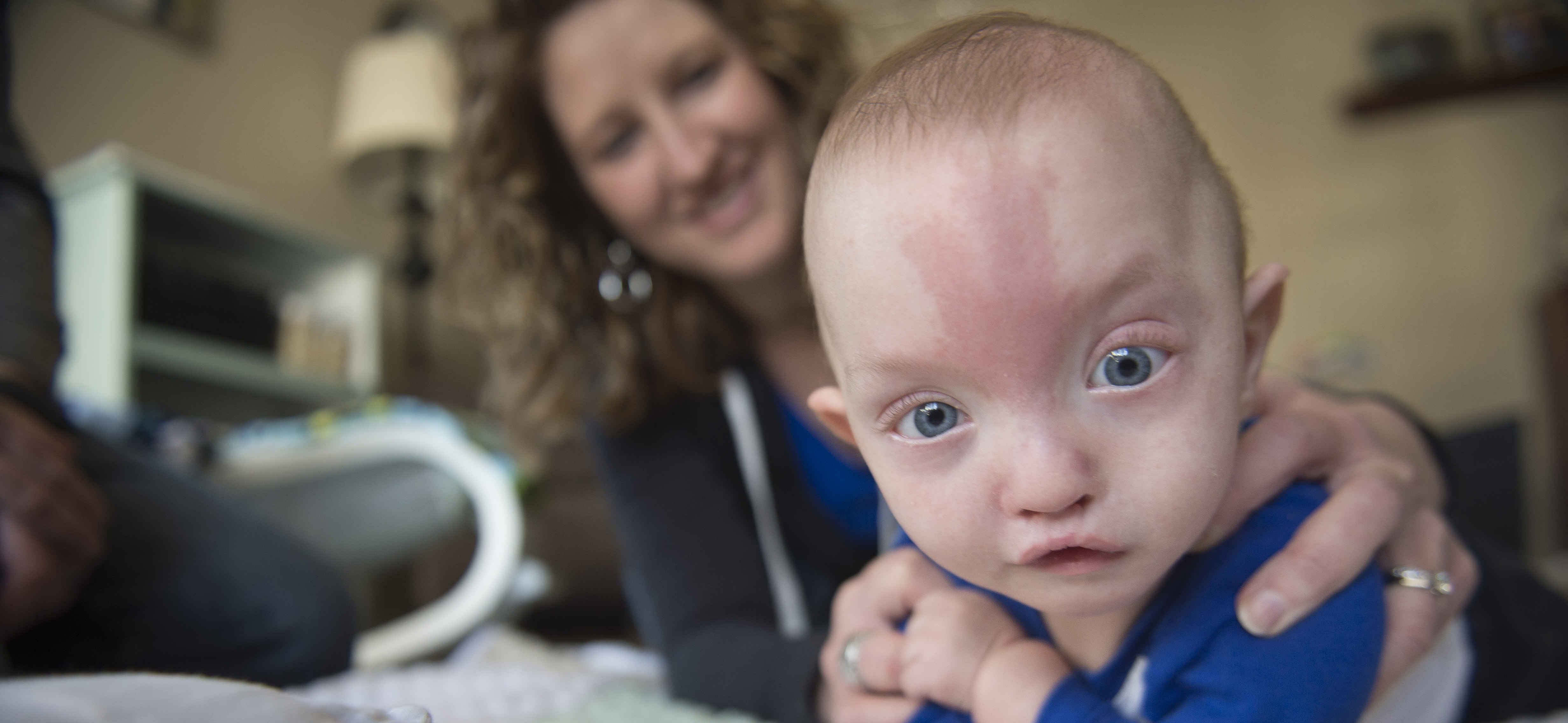 /a>
/a>
 /a>
/a>
 /a>
/a>